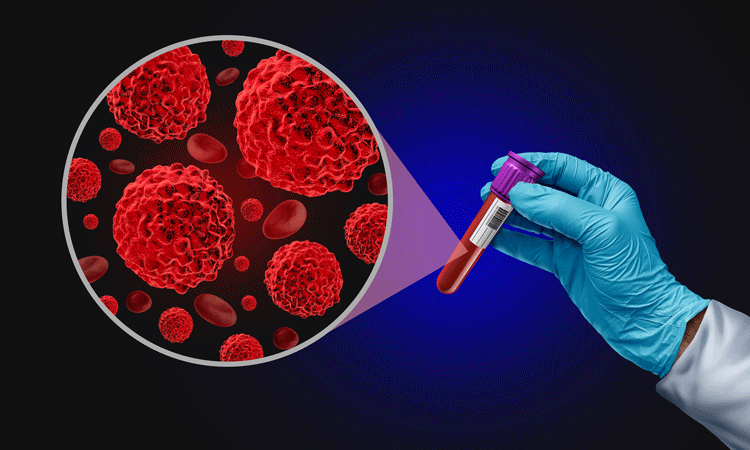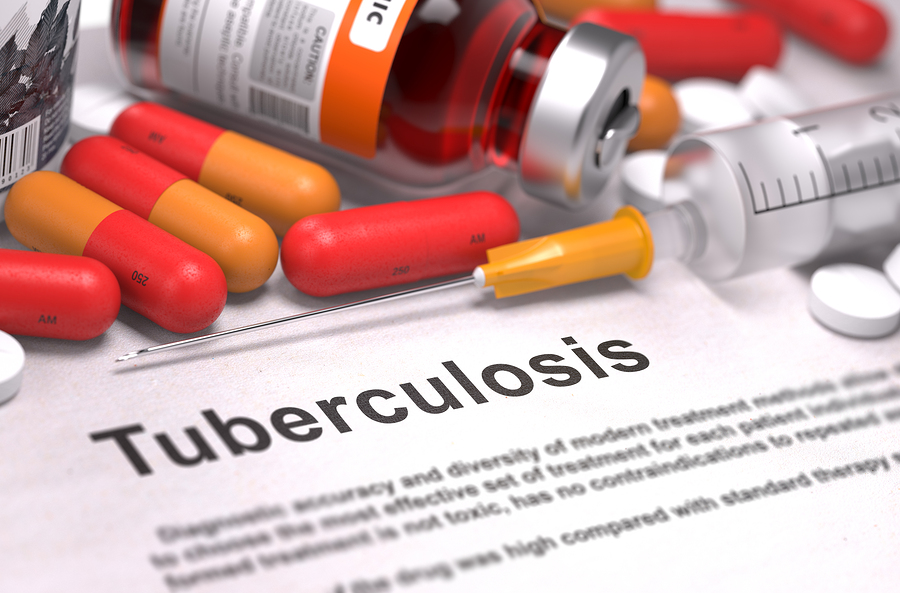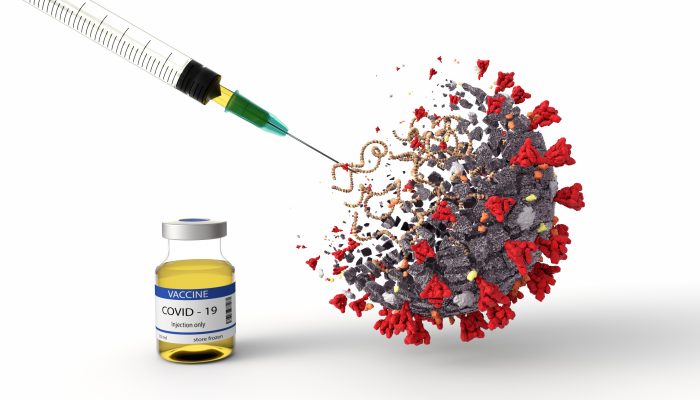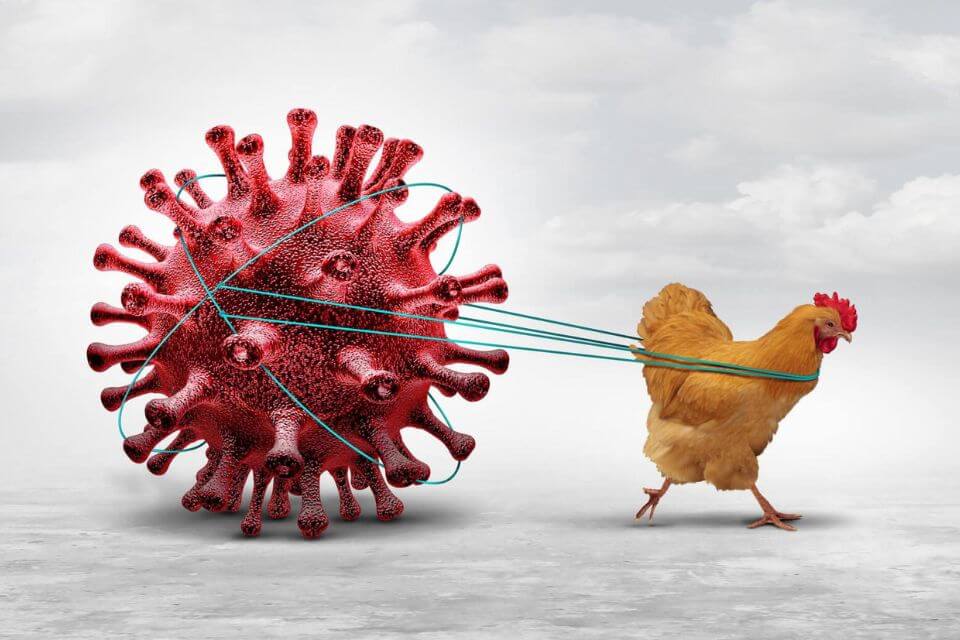
Monocyte Distribution Width (MDW) as a Reliable Diagnostic Biomarker for Sepsis in Patients with HIV
Can hidden clues within a complete blood count be enough to detect sepsis in HIV patients in time?
Sepsis is one of the leading causes of death among people living with HIV, and early diagnosis remains a major challenge. Monocyte Distribution Width (MDW) is a parameter typically measured as part of a complete blood count (CBC) test that analyzes the size distribution of monocytes. This study evaluates the diagnostic performance of MDW as a biomarker for detecting sepsis in HIV patients. In a prospective observational study conducted at a healthcare center with 488 HIV-positive patients aged 18–65, MDW was measured and compared with Sepsis-3 criteria to assess diagnostic accuracy. Additionally, a machine learning model was developed to evaluate multiple laboratory variables for a more accurate and earlier diagnosis of sepsis. The results showed that MDW demonstrated diagnostic accuracy comparable to established biomarkers such as C-reactive protein (CRP) and procalcitonin (PCT). In conclusion, MDW was found to be a reliable biomarker for diagnosing sepsis in HIV patients, and combining it with other lab parameters through machine learning models further improved diagnostic precision. These results suggest that MDW and machine learning-supported models could make a significant contribution to clinical practice.
HPV Infection and Oral Microbiota: Interactions and Future Implications
What is the extent of clinical interaction between Human Papilloma Virus (HPV) and oral microbiota?
Human papillomaviruses (HPVs) are non-enveloped, circular double-stranded DNA viruses as well as one of the most prevalent viruses associated with mucosal cancers like cervical and oropharyngeal cancers. This study, which took into consideration findings from 2000 to 2024, highlights the relationship between HPV-related cancers and oral microbiota. The composition of oral microbiota has been shown to affect HPV-based infections’ persistence and disease progression, hinting at the fact that microbiota-based approaches could be useful in therapeutic plans, that biofilms likely play a role in HPV persistence and that oral microbiota could come in handy as a potential biomarker for HPV-related cancers. The study highlights that while the relationship between the oral microbiota and HPV infection holds promising research potential and therapeutic opportunities, there is an obvious need for further studies to get a clear picture of identification of potential biomarkers, therapeutic targets, and strategies for intervention.
Beta-Lactam Combination Treatment Overcomes Rifampicin Resistance in Mycobacterium tuberculosis
Is there a new approach coming to the classical treatment of tuberculosis?
Rifampicin is one of the most effective first-line drugs for tuberculosis treatment. Resistance to this drug is a major obstacle, especially in patients with multidrug-resistant tuberculosis (MDR-TB). Beta-lactams are generally not used in tuberculosis treatment because they were not considered effective. This study, which demonstrates the synergistic effects of beta-lactam + rifampicin combinations through in vitro testing, marks the first step toward changes in treatment protocols. Furthermore, the widespread availability and safety of the drugs used increase the feasibility of this approach. In conclusion, a radical change in the treatment of tuberculosis could revolutionise both clinical practice and the global health perspective.
Does COVID-19 Vaccination Reduce the Risk and Duration of Post-COVID-19 Condition?
New answers to old questions. What happened after the vaccination?
A recent systematic review published by the European Centre for Disease Prevention and Control (ECDC) in March 2025 presents compelling evidence that COVID-19 vaccination may significantly reduce both the risk and duration of post-COVID-19 condition (PCC), commonly referred to as long COVID. Synthesizing findings from a wide range of epidemiological studies, the report indicates that individuals who received one or more doses of a COVID-19 vaccine prior to infection were less likely to develop persistent symptoms compared to unvaccinated individuals. Moreover, among those who did experience PCC, vaccinated individuals reported shorter symptom duration and reduced severity. This growing body of evidence suggests that immunization may play a critical role not only in mitigating acute SARS-CoV-2 infection but also in attenuating the long-term sequelae associated with the virus. As long COVID continues to pose a substantial public health burden, these findings underscore the importance of vaccination strategies in both preventive and therapeutic frameworks.
Unique Immune and Other Responses of Human Nasal Epithelial Cells Infected with H5N1 Avian Influenza Virus Compared to Seasonal Human Influenza A and B Viruses
Avian influenza – how different is it from seasonal influenza?
Highly pathogenic avian influenza (HPAI) virus infects the lower airway to cause severe infections predominantly in the lower airway. Despite this, not much is known about HPAI’s interaction with the nasal epithelium – this study seeks to observe the differences between the responses of nasal epithelium against HPAI infection that contributes to its pathology and to pinpoint response markers via infection of human nasal epithelial cells (hNECs) cultured at the air–liquid interface from multiple healthy donors with different seasonal human influenza viruses and HPAI H5N1. Although both seasonal viruses and HPAI H5N1 were able to infect the hNECs, the increase in infectious progeny was more linear in H5N1 compared to seasonal influenza, also presenting a unique pathway and host responses. Though avian influenza and seasonal influenza seem to have common antiviral and inflammatory responses, the levels are noticeably lower in avian influenza. The study concluded that with it’s differential pathways, H5N1’s replication in the upper airway is less efficient yet this doesn’t eliminate the transmission of avian influenza virus, thus it’s critical to compare human nasal epithelial responses to infection with other avian influenza strains.
An mRNA Vaccine Against Monkeypox Virus Inhibits Infection by Co-Activation of Humoral and Cellular Immune Responses
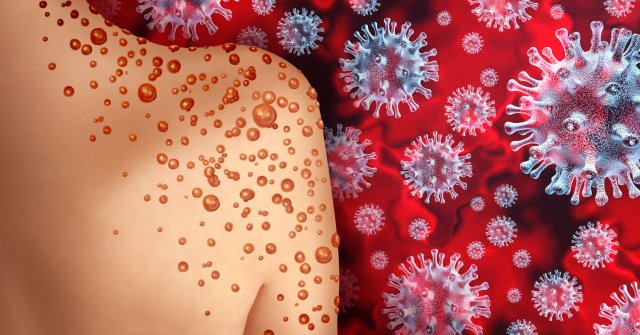
Did we find a way to stop the next Covid-19 before it even started?
This novel study sets a benchmark for mRNA vaccines. It introduces a next-generation mRNA vaccine that offers robust protection against the monkeypox virus by simultaneously activating both humoral and cellular immune responses. The monkeypox virus has spread to 110 countries in the recent 2 years, putting it in a position that could almost make it the next COVID-19. Researchers systematically screened monkeypox virus surface proteins, identifying 12 key antigens. Combining these into a formulation called Mix-12 elicited the strongest neutralizing antibody response. Additionally, they engineered a T-cell-targeting component, MPX-EPs, to enhance cellular immunity. When administered together, Mix-12 and MPX-EPs provided complete protection in preclinical models, demonstrating the power of a dual-immune strategy.

